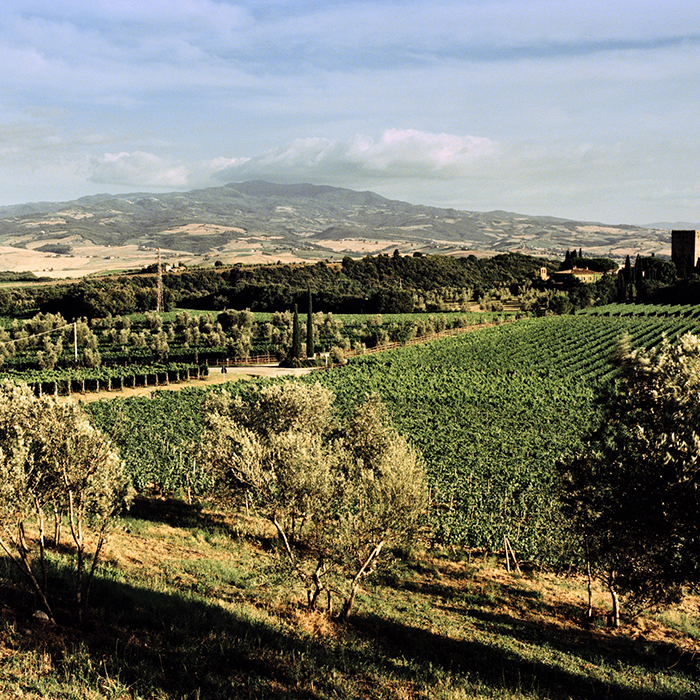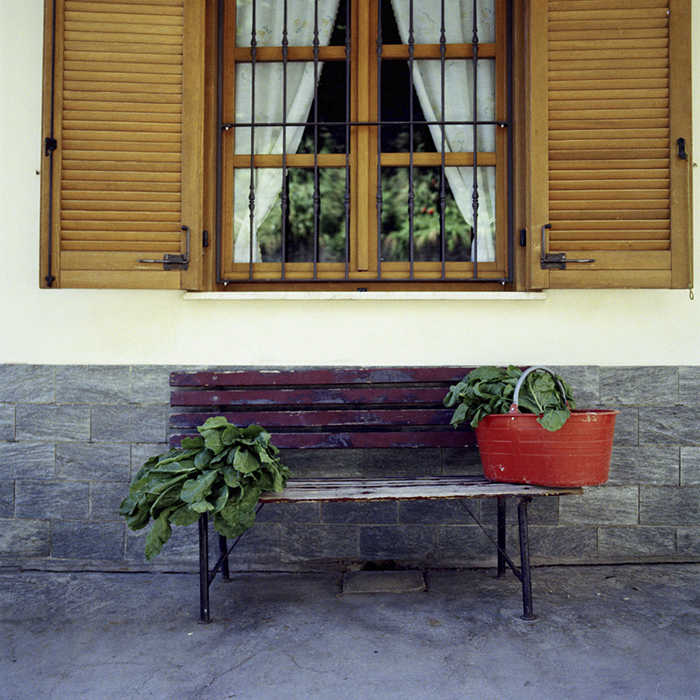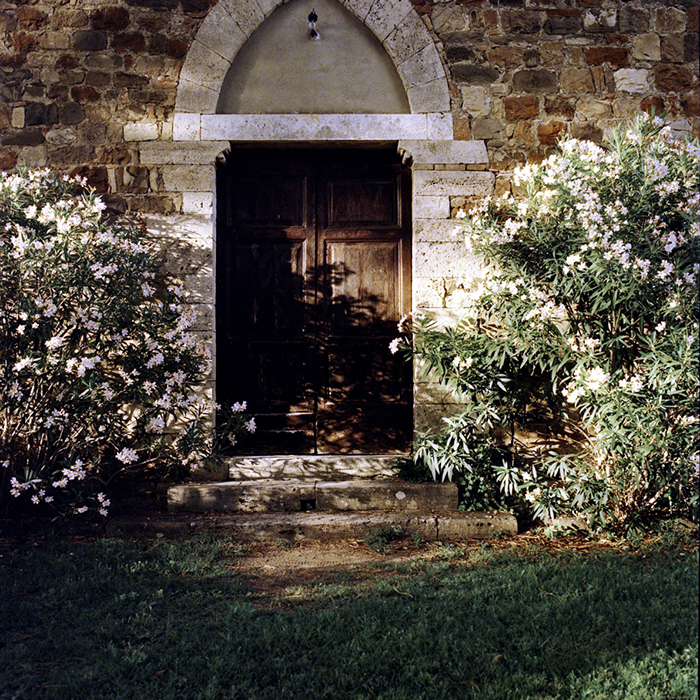Bringing Barolo back: a history
Author: Matt Smith

There has never been a better time to discover the wonders of Piedmont. In this article, originally published in 2020, we trace the region’s evolution over time. Three years later, we agree that Barolo is still proving to be one of the world’s most exciting sources of fine wine.
There has never been a more exciting time to discover the great wines of Barolo and Barbaresco. A huge diversity of styles are now on offer, coupled with a deeper understanding of the vineyards. With a wonderful run of vintages coming, wine-lovers and collectors are increasingly taking interest.
But the region’s journey to this exciting moment in time hasn’t been without its controversy and turmoil. This is not a region with noble origins, like Bordeaux or Tuscany. Historically, this was a poor mixed-farming area; its reputation for fine wine has only developed since the end of the Second World War. During the 1980s and ’90s, it witnessed a significant period of change. Producers had passionate disagreements over the direction and identity of their wines, as well as the techniques employed to create them. This fascinating period became known as the “Barolo wars” and it’s important in the context of appreciating the wines today.
The beginning of the Barolo wars
Piedmont’s winemaking goes back as far as any region in Italy. Yet, its modern history as a predominantly, dry red wine area really started after the First World War. At that time a handful of large négociants dominated the region. They purchased grapes from the numerous small farmers across the zone and blended them to create a house style. By the end of the Second World War, however, things had begun to change. Led by visionaries such as Bartolo Mascarello, many more grower-producers started to appear.

At the time, many producers harvested their Nebbiolo while slightly under-ripe and at high yields, leaving the grapes with harsh green tannins. To maximize colour extraction, producers subjected the wine to extended periods of gentle maceration, submerging the cap of skins in the juice for several weeks. Years of ageing in large oak casks followed. The wines often required many years’ further ageing in bottle to soften and become approachable, with the long, slow process of oxidation gradually reducing the perception of tannins.
Unfortunately, in many cases the fruit also faded and became oxidized, leading to dried-out, astringent wines.=
A new style of Barolo
By the late 1970s and early ’80s, consumers had started to favour fruiter, easier-drinking wines which could be consumed at a younger age. A group of Barolo producers – led by the likes of Elio Altare, Renato Ratti and Ceretto – looked to other successful regions and countries for inspiration, and began making more international styles of Barolo.
They favoured shorter maceration periods of around eight to 10 days and turned to modern technology, using rotofermenters to pump the juice over the cap continuously throughout a much shorter fermentation time, for maximum colour extraction. The wines were then aged in small new barriques to impart stronger oak characters in a shorter time.
These producers began bottling in straight Bordeaux bottles, in contrast to the traditional Albeisa bottle to signify their modernist winemaking philosophies. The resulting wines could be released more quickly, and more importantly be drunk younger. They were lauded by many critics, who favoured their dark, dense, fruit-driven characters, and the style began to dominate.
Rapidly the region became divided. Bartolo Mascarello joined forces with two other outspoken producers of classically crafted Barolo: Teobaldo Cappellano and Giuseppe Rinaldi. The three dubbed themselves “The Last of the Mohicans” and hit back at the modernists for turning their backs on the essence of Barolo, in favour of fashion. In his later years, Mascarello began painting his own labels. His 1999 Barolo famously lampooned the double evils facing Italy at that time, with the words “No Barrique, No Berlusconi” on the label.

A considerable number of vintages have now passed since the height of the division in the Langhe. The winemaking pendulum has swung back towards the classical style, which is good news for the region’s future. When assessing both styles of wine with bottle age, in general, traditional winemaking techniques of gentle long extraction and neutral oak ageing allow for more complex, fresher wines, which are significantly more stable in colour and structure, with the ability to age better.
Classical vs. modernist
But one must not be too quick to criticise the modernist era. It brought a lot of improvements. The concept of single vineyards was born in that time and, while some producers still firmly hold on to the hallowed tradition of blending, this helps consumers identify and explore the nuances of the region and creates diversity. Huge advances were made in the vineyards, with yield and canopy management allowing grapes to be harvested much healthier, with ripe tannins and sugars in balance. In the wineries, more temperature control and stricter hygiene has also improved the overall quality.
It is perhaps best to describe the present time as a “neo-classical” period, with many producers embracing history and heritage once again, happily taking winemaking influences from the traditions of the region together with the best developments of modern winemaking and viticulture. The Langhe is undoubtedly a richer and more dynamic place as a result.
Discover more articles about Barolo here.


